All Resources
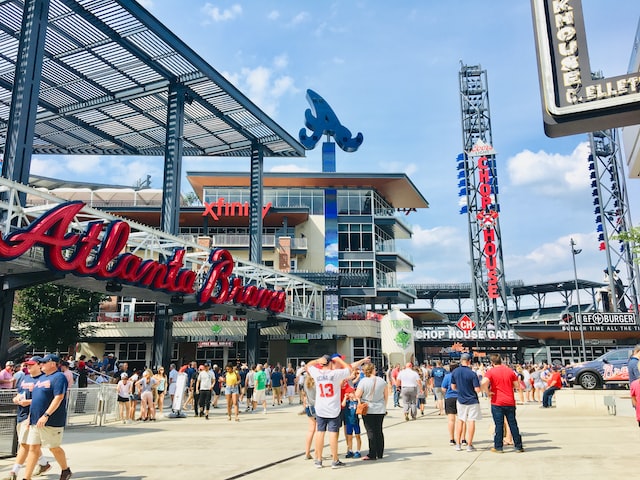
Sprawling of Atlanta: Visualizing Metropolitan Area Change, 1940s to Present
Interactive web map created by Georgia State University Library that invites researchers, students, and the public to visualize the extensive built environment and demographic changes...
Read More
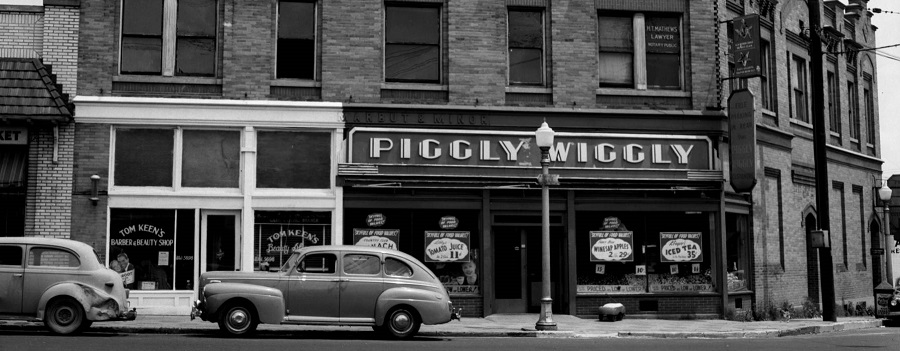
East Atlanta
Historic District Information Form authored and submitted by GSU Case Studies in Historic Preservation students, Spring 2017. Located partially in the City of Atlanta, DeKalb...
Read More
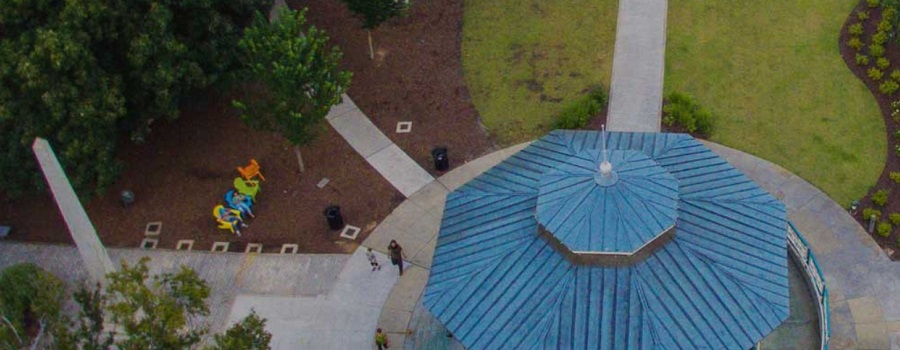
Decatur, GA
Design guidelines prepared by graduate students in the Preservation Planning Class of Georgia State University’s Heritage Preservation Program under the direction of Richard Laub and...
Read More
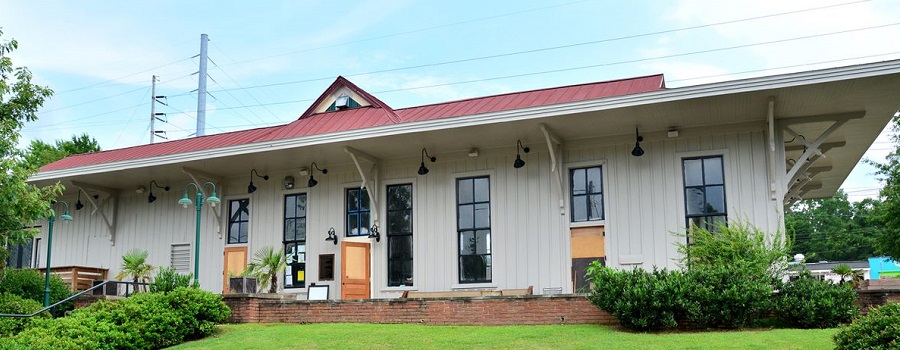
Old Decatur
Prepared by the Spring 2006 Preservation Planning Class. These Design Guidelines explain and interpret general design criteria in the local preservation ordinance in Old Decatur,...
Read More
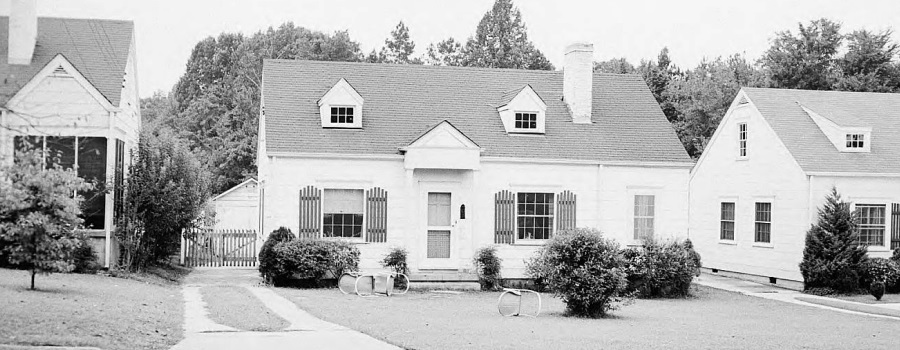
Decatur Northwest Residential Historic District
Prepared by the Spring of 2013 Case Studies in Historic Preservation class. The Decatur Northwest Residential area is an outstanding representation of early to mid-twentieth...
Read More
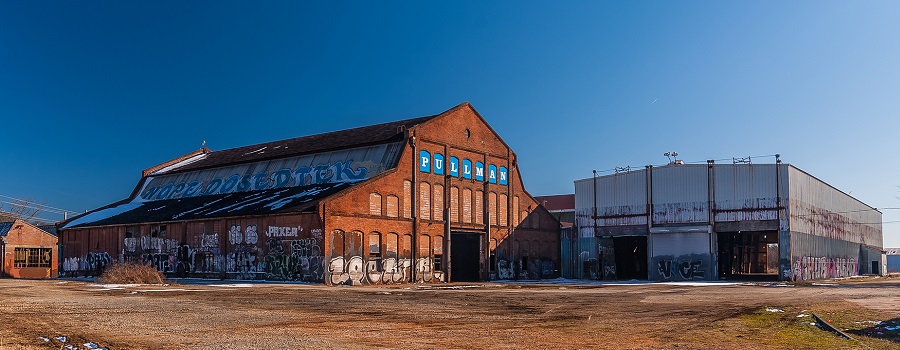
Kirkwood District
Information form for the historic district known as Kirkwood. Contains Sanborn maps, early plattings of the properties, interviews, as well as historic photographs and newspaper...
Read More
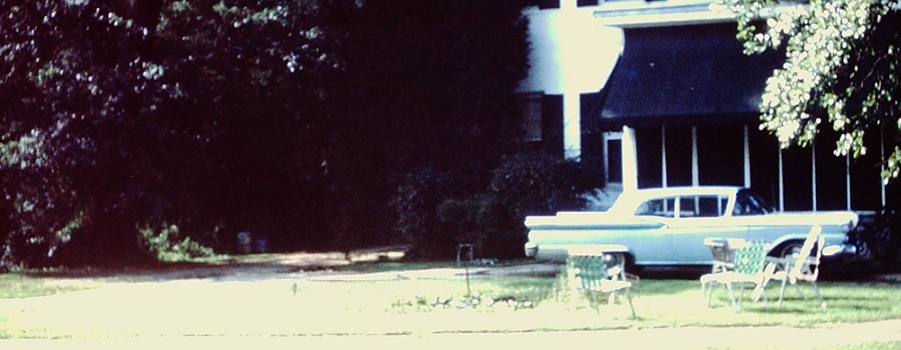
Judge William A. Wilson House
The Judge Wilson House, dating from the mid-1850s, was one of six documented antebellum houses left in Atlanta as of 2015. Contains a historical overview...
Read More

A History of Radio Broadcasting in Georgia: Exploring Georgia Radio
Documents the history of radio broadcasting in the state of Georgia over a 50 year period from its inception in 1922 through the 1970s, including...
Read More
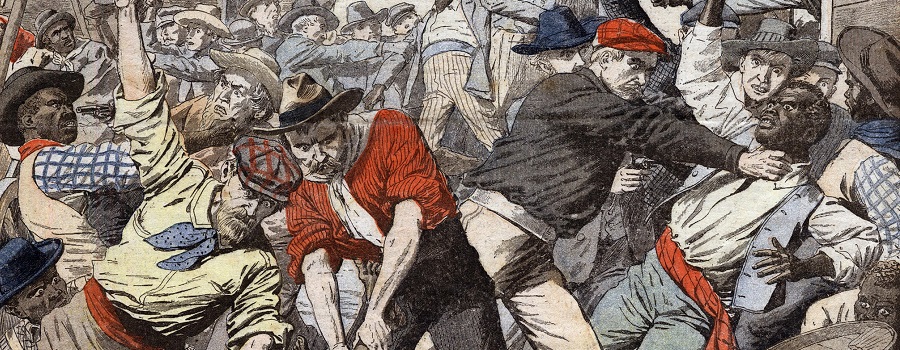
Veiled Visions: The 1906 Race Riot
Tells the story of the 1906 Race Riot, a three-day massacre that spread through Atlanta, starting downtown on Saturday, September 22 and ending with the...
Read More

Rhodes Center
Located in Midtown between Peachtree Street and Spring Street and constructed from September 1937 to June 1938, Rhodes Center was Atlanta’s first modern shopping center...
Read More
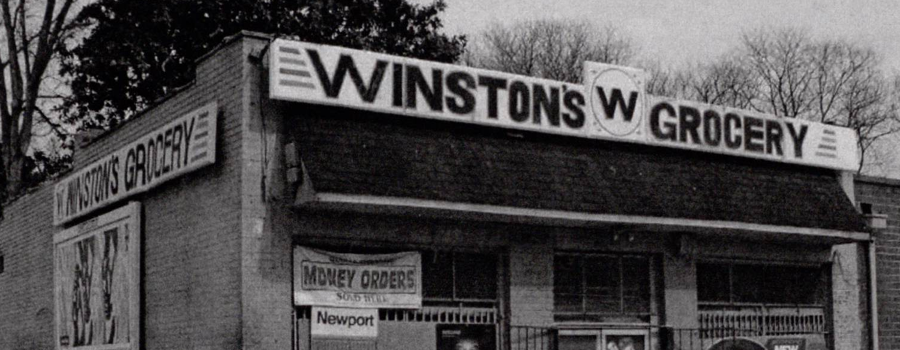
Pittsburgh Community
National Register Nomination Proposal to preserve the neighborhood known as Pittsburgh, located south of Mechanicsville. This traditionally African American neighborhood is bordered by railroad tracks....
Read More

Once Upon a Time in Atlanta
The purpose of this tour is to have students explore some of the locations on or near GSU’s campus in Raymond Andrews’ memoir Once Upon...
Read More
 Georgia State University Library
Georgia State University Library